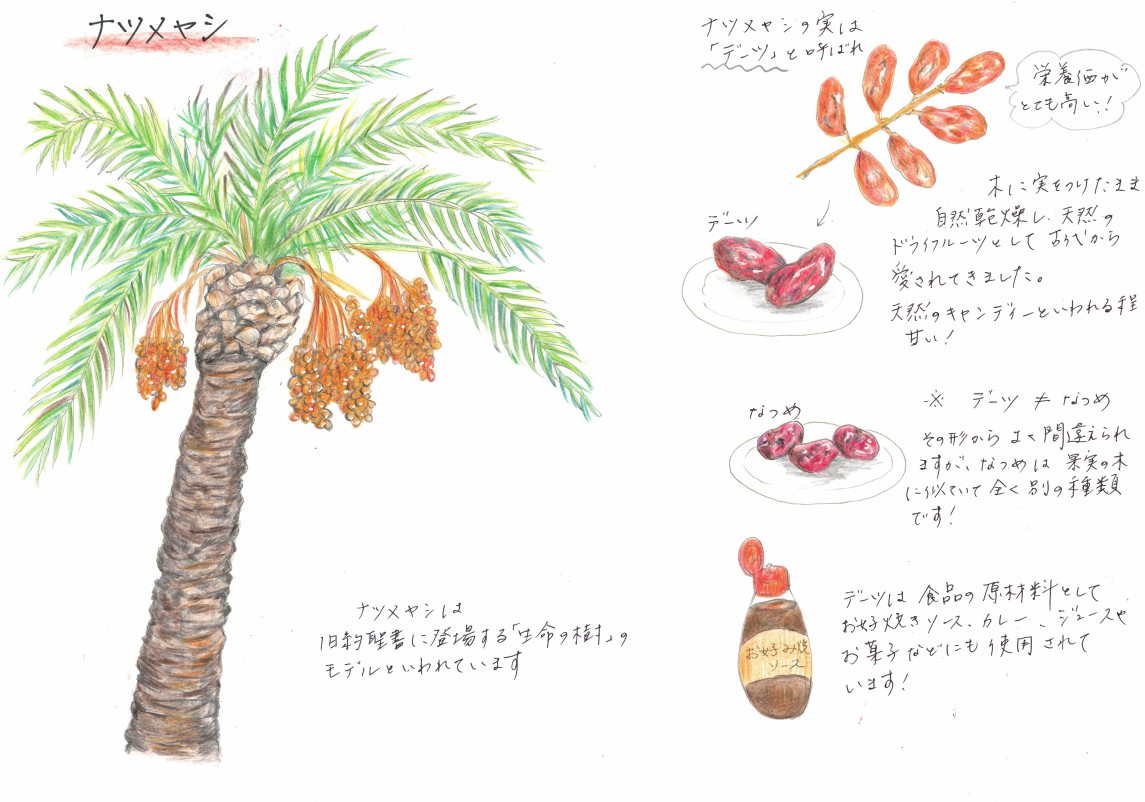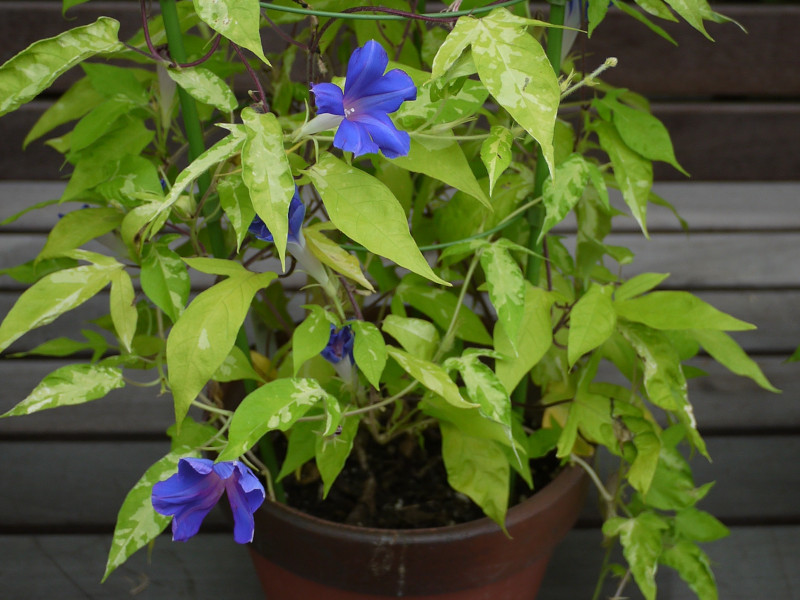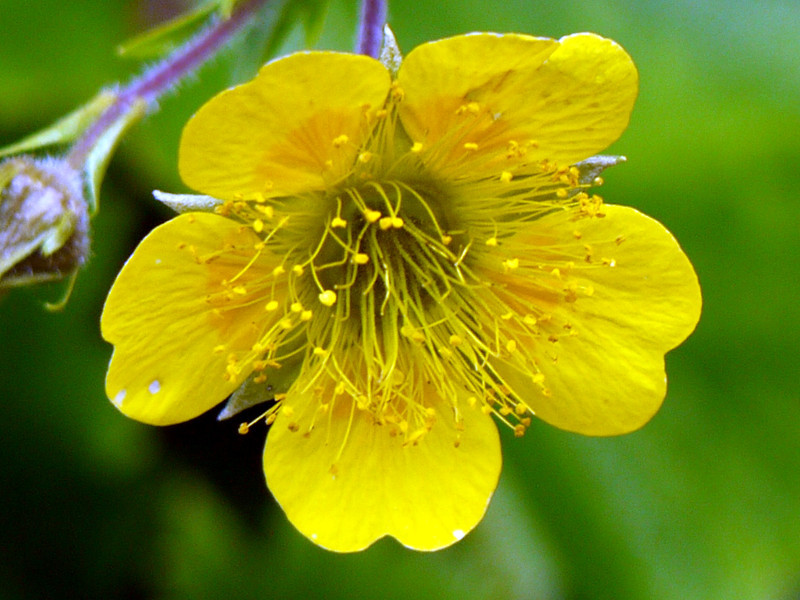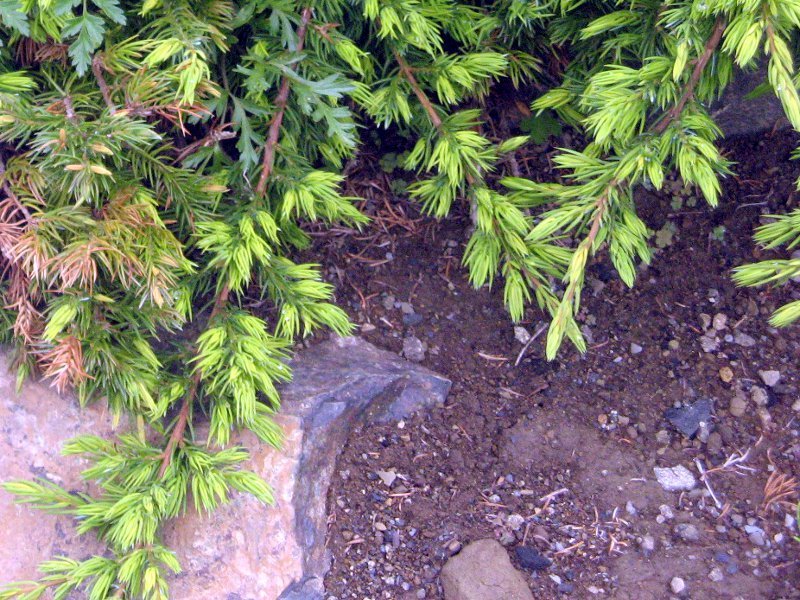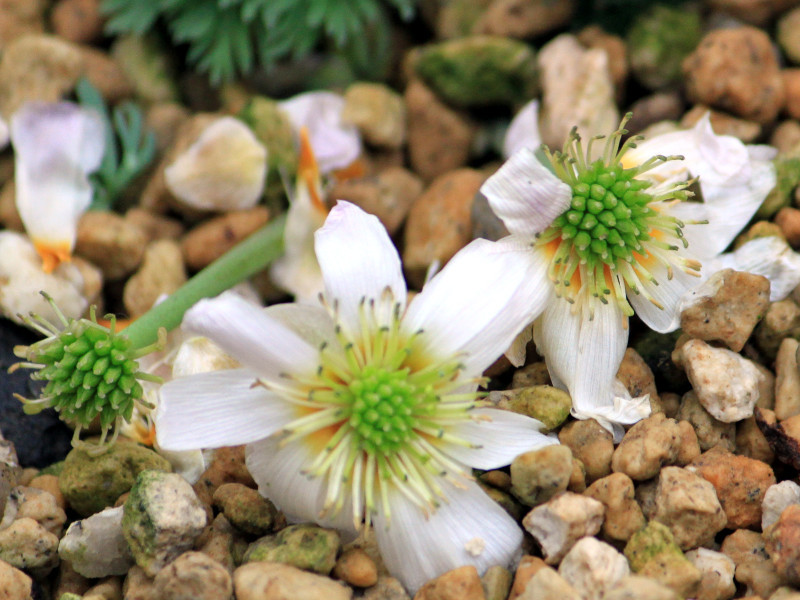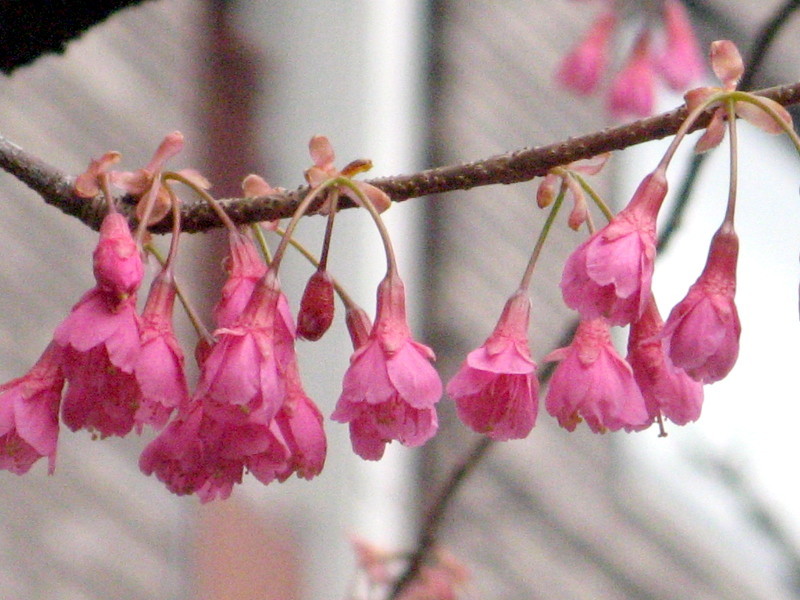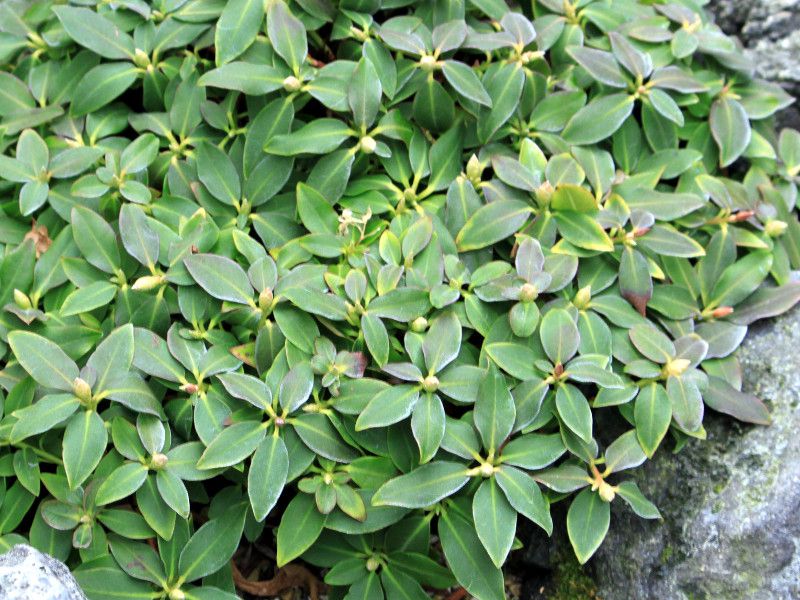Phoenix dactylifera
- Flower namePhoenix dactylifera
- Scientific namePhoenix dactylifera
- AliasPhoenix dactylifera
- Place of originNorth Africa and the Persian Gulf coast
- Place of floweringSubtropical region, Specific area
- Flowering seasonMarch, April, May
What is Phoenix dactylifera
Phoenix dactylifera, commonly known as date or date palm (scientific name: Phoenix dactylifera), native to North Africa and the Persian Gulf coast, is a tall evergreen tree in the family Arecaceae. The trunk grows straight and the height of the tree is 15-25 meters. The pinnate leaves are clustered at the top of the trunk. It is dioecious. In spring, the fleshy inflorescence is yellow, the female flowers are green, and the male flowers are white in number. It produces numerous long oval fruits in the fall. The fruits are called dates and are edible. Dates are eaten raw or made into jam.
Members of the date palm genus (Phoenix)
Date palm (scientific name: Phoenix dactylifera)
Phoenix roebelenii (date palm)
Phoenix canariensis (scientific name: Phoenix canariensis)
Common name: Date palm, scientific name: Phoenix dactylifera, alias: Date Palm, Medjool, origin: North Africa, Persian Gulf coast, height: 15-25 m, leaf shape: pinnate Leaf shape: pinnate, leaflets: 20-40 cm long, leaf width: 2 cm, leaf blade: 4 m, lanceolate, dioecious, flowering season: March-May, inflorescence shape: fleshy, flower color: yellow, fruit diameter: 2-3 cm, fruit length: 4-7 cm, fruiting season: October-December, fruit shape: oblong, fruit color: red to yellow, use: fruit is edible date (date palm) Date Palm), roadside trees, park trees, botanical gardens; leaves: rugs, baskets, hats.
